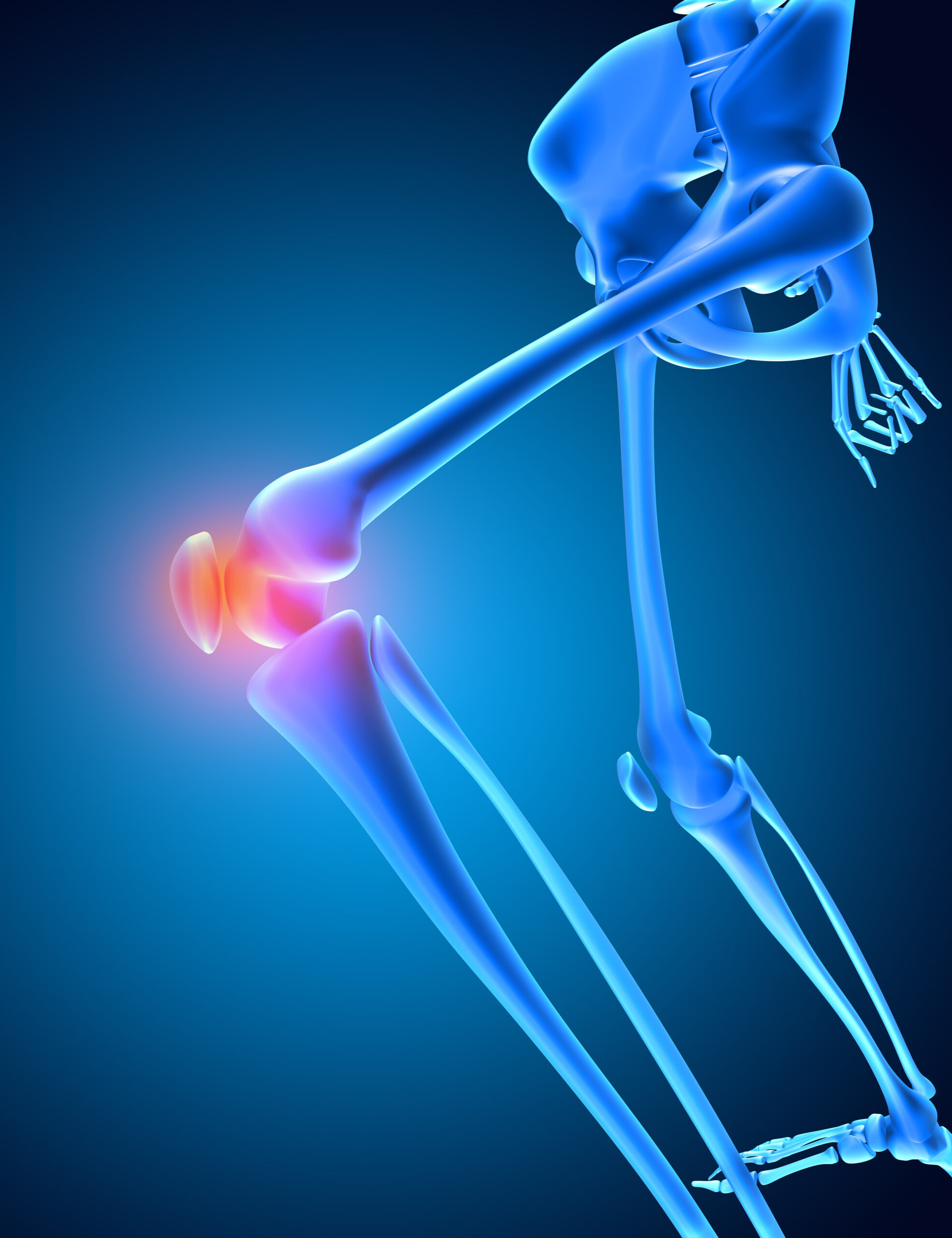1. Introduction to Geomorphic Processes
- Geomorphic processes are the natural mechanisms that shape the Earth’s surface.
- These processes are driven by endogenic (internal) and exogenic (external) forces.
- The Earth’s surface is constantly changing due to these processes.
2. Endogenic Processes
- Processes originating from within the Earth’s interior.
- Types:
- Diastrophism: Large-scale deformation of the Earth’s crust.
- Orogenic Processes: Mountain-building processes.
- Epeirogenic Processes: Uplift or depression of large land areas.
- Volcanism: Movement of magma toward or onto the Earth’s surface.
- Intrusive Volcanism: Magma solidifies below the surface (e.g., batholiths, laccoliths).
- Extrusive Volcanism: Magma erupts onto the surface (e.g., lava flows, volcanic cones).
- Earthquakes: Sudden shaking of the Earth’s crust due to tectonic activity.
- Focus: The point inside the Earth where the earthquake originates.
- Epicenter: The point on the Earth’s surface directly above the focus.
- Diastrophism: Large-scale deformation of the Earth’s crust.
3. Exogenic Processes
- Processes originating from outside the Earth’s surface.
- Types:
- Weathering: Breakdown of rocks in situ.
- Mechanical Weathering: Physical breakdown (e.g., frost action, thermal expansion).
- Chemical Weathering: Chemical alteration (e.g., oxidation, hydrolysis, carbonation).
- Biological Weathering: Breakdown by living organisms (e.g., roots, burrowing animals).
- Erosion: Removal of weathered material by agents like water, wind, ice, and waves.
- Mass Movement: Downslope movement of material under gravity.
- Examples: Creep, slump, landslide, avalanche.
- Deposition: Accumulation of eroded material in new locations.
- Weathering: Breakdown of rocks in situ.
4. Gradation
- The process of leveling the Earth’s surface by erosion and deposition.
- Agents of Gradation:
- Running Water: Forms valleys, gorges, floodplains, deltas.
- Glaciers: Create U-shaped valleys, moraines, drumlins.
- Wind: Forms sand dunes, loess deposits.
- Waves: Create sea cliffs, beaches, spits.
- Groundwater: Forms caves, sinkholes, stalactites, stalagmites.
5. Landforms and their Evolution
- Fluvial Landforms: Created by running water (e.g., meanders, oxbow lakes, alluvial fans).
- Arid Landforms: Shaped by wind and water in deserts (e.g., yardangs, zeugens, inselbergs).
- Glacial Landforms: Formed by glacial activity (e.g., cirques, aretes, fjords).
- Coastal Landforms: Shaped by wave action (e.g., sea caves, arches, stacks).
- Karst Landforms: Formed by the dissolution of limestone (e.g., karst valleys, poljes).
6. Soil Formation
- The process of soil development from the weathering of rocks.
- Factors Influencing Soil Formation:
- Parent Material: The original rock from which soil is formed.
- Climate: Temperature and precipitation affect weathering rates.
- Topography: Slope and elevation influence drainage and erosion.
- Biological Activity: Plants and animals contribute organic matter.
- Time: The duration over which soil-forming processes operate.
7. Significance of Geomorphic Processes
- Landform Development: Shapes the Earth’s surface into mountains, valleys, plains, etc.
- Resource Formation: Creates fertile soils, mineral deposits, and groundwater reservoirs.
- Hazard Mitigation: Understanding processes helps in managing natural disasters like earthquakes, landslides, and floods.
8. Human Impact on Geomorphic Processes
- Deforestation: Accelerates soil erosion and alters river courses.
- Urbanization: Increases surface runoff and reduces groundwater recharge.
- Mining: Causes land subsidence and alters landscapes.
- Agriculture: Leads to soil degradation and changes in landforms.
9. Conclusion
- Geomorphic processes are fundamental to understanding the dynamic nature of the Earth’s surface.
- Both endogenic and exogenic processes play crucial roles in shaping the landscape.
- Human activities can significantly alter these natural processes, leading to environmental changes.





